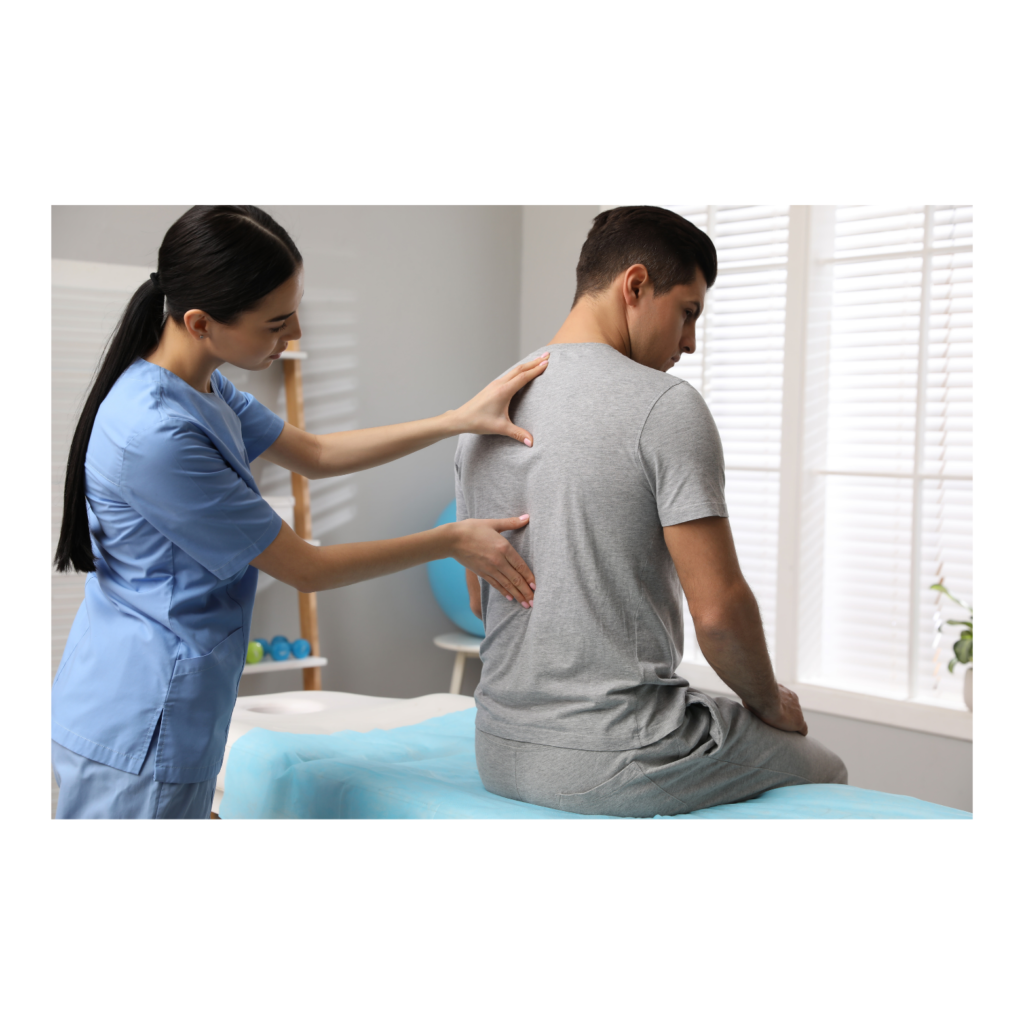Trendelenburg Gait
Understanding Trendelenburg Gait: Causes, Symptoms, Diagnosis, and Management
Trendelenburg gait is a distinctive walking pattern characterized by an abnormal shift in the center of gravity during gait, typically due to weakness or dysfunction of the hip abductor muscles. This article provides a comprehensive overview of Trendelenburg gait, including its causes, symptoms, diagnosis, and management options, aiming to enhance understanding and awareness of this condition.

What is Trendelenburg Gait?
Trendelenburg gait is a walking abnormality where the pelvis tilts excessively to the unaffected side during the stance phase of walking. This results in a characteristic swaying or dipping of the pelvis on the affected side, causing the torso to lean towards the weakened hip.
Causes of Trendelenburg Gait:
Several factors contribute to the development of Trendelenburg gait:
Hip Abductor Weakness: Weakness or dysfunction of the gluteus medius and gluteus minimus muscles, which are responsible for stabilizing the pelvis during walking, is the primary cause of Trendelenburg gait.
Neurological Conditions: Damage or dysfunction of the nerves supplying the hip abductor muscles, such as in cases of nerve compression or injury, can lead to muscle weakness and Trendelenburg gait.
Hip Joint Pathology: Conditions affecting the hip joint, such as osteoarthritis, hip dysplasia, or previous hip surgeries, can impair hip abductor function and contribute to Trendelenburg gait.
Congenital Abnormalities: Structural abnormalities present from birth, such as developmental dysplasia of the hip (DDH), can affect hip joint mechanics and lead to gait abnormalities like Trendelenburg gait.
Trauma or Injury: Previous trauma or injury to the hip or pelvis, including fractures or dislocations, can disrupt normal hip abductor muscle function and alter gait mechanics.
Symptoms of Trendelenburg Gait:
Signs and symptoms associated with Trendelenburg gait may include:
Lateral Pelvic Drop: During the stance phase of walking, the pelvis drops on the side of the affected hip, causing an exaggerated lean of the trunk towards the opposite side.
Hip Pain: Discomfort or pain in the affected hip joint, exacerbated by weight-bearing activities or prolonged walking due to abnormal mechanics and increased stress on the joint.
Difficulty Walking: Challenges with walking long distances, maintaining balance, or navigating stairs due to instability and reduced support from the weakened hip abductors.
Compensatory Movements: Compensation strategies such as trunk leaning or circumduction of the affected leg to reduce strain on the weakened hip abductors and maintain stability.
Diagnosis of Trendelenburg Gait:
Diagnosing Trendelenburg gait typically involves a comprehensive assessment by a healthcare provider, including:
Physical Examination: The healthcare provider observes the patient’s walking pattern, assessing for pelvic asymmetry, trunk lean, and hip joint mechanics during gait analysis.
Muscle Strength Testing: Specific strength testing of the hip abductor muscles, including the gluteus medius and gluteus minimus, to evaluate for weakness or asymmetry contributing to Trendelenburg gait.
Neurological Assessment: Evaluation of nerve function and integrity, particularly those supplying the hip abductor muscles, to identify any signs of nerve compression or dysfunction.
Imaging Studies: X-rays, MRI, or CT scans may be ordered to assess the structural integrity of the hip joint, rule out underlying pathology, and evaluate the extent of muscle atrophy or damage.
Management and Treatment Options for Trendelenburg Gait:
Treatment for Trendelenburg gait aims to address the underlying cause, improve hip abductor strength and function, and restore normal gait mechanics. Management options depend on the specific etiology and severity of gait abnormality:
Physical Therapy: Targeted rehabilitation exercises designed to strengthen the hip abductor muscles, improve pelvic stability, and enhance gait mechanics.
Gait Training: Implementing gait retraining techniques to optimize walking patterns, promote weight-bearing on the affected hip, and reduce compensatory movements.
Orthotic Devices: Using assistive devices such as canes or walkers to provide additional support and stability during walking, particularly for individuals with severe hip abductor weakness.
Surgical Interventions: In cases where conservative measures are ineffective or when structural abnormalities require correction, surgical procedures such as hip joint stabilization or muscle tendon transfers may be considered.
Pain Management: Utilizing pain-relieving modalities such as ice/heat therapy, nonsteroidal anti-inflammatory drugs (NSAIDs), or corticosteroid injections to alleviate discomfort associated with hip joint pathology or muscle strain.
Physiotherapy for Trendelenburg Gait:
Physiotherapy plays a crucial role in managing Trendelenburg gait by:
Education: Providing education on the causes and consequences of hip abductor weakness and Trendelenburg gait, emphasizing the importance of adherence to prescribed treatments and gait modification strategies.
Exercise Prescription: Designing individualized exercise programs tailored to the patient’s specific muscle weaknesses and functional limitations. Exercises focus on strengthening the hip abductor muscles, improving core stability, and enhancing overall gait mechanics.
Functional Rehabilitation: Incorporating functional activities and movement patterns that simulate daily tasks to improve muscle coordination, joint stability, and overall mobility.
Progressive Rehabilitation: Gradually progressing exercises and activities based on individual response and functional improvement, ensuring safe and effective rehabilitation.
Conclusion:
Trendelenburg gait is characterized by an abnormal walking pattern due to weakness or dysfunction of the hip abductor muscles, leading to pelvic asymmetry and gait instability. Early diagnosis and intervention, including physiotherapy, are crucial for managing symptoms, improving hip abductor strength, and enhancing quality of life for individuals affected by this condition. By implementing a comprehensive treatment plan tailored to individual needs, healthcare professionals can optimize outcomes and provide personalized care throughout the rehabilitation process. Collaborative care between patients, physiotherapists, and other healthcare providers ensures effective management and support for Trendelenburg gait.
Ready to start your journey to recovery? Contact us
Appointment
Have a question?
Call us on +91 8448945434 or simply book an appointment with us